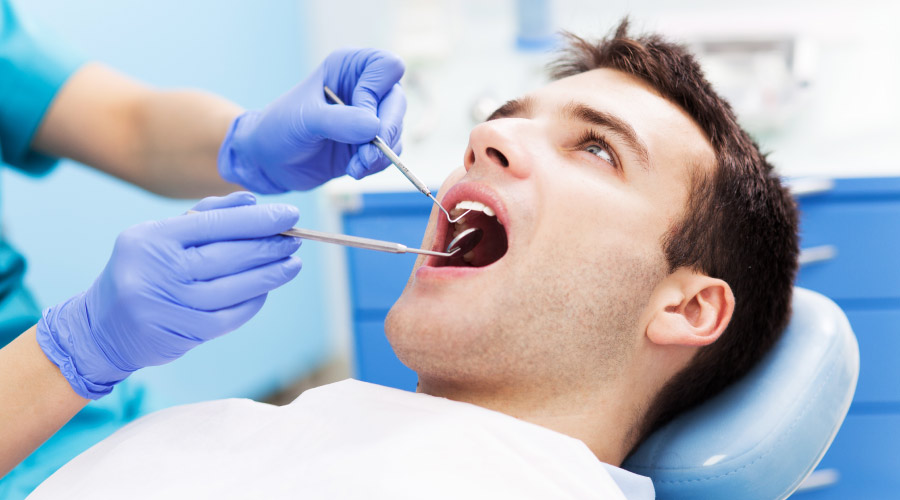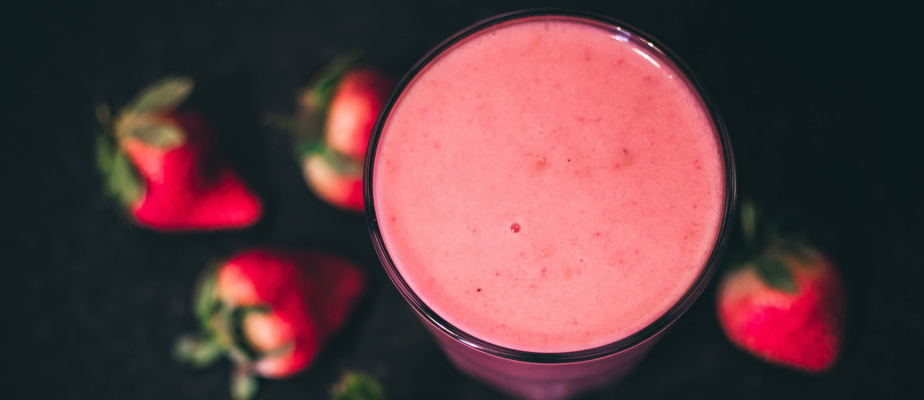
For some, just hearing that you might need root canal therapy is enough to cause a toothache. But how do you know that you may need to get one? Here are some of the warning signs to look out for.
Why Would I Need Root Canal Treatment?
Root canal therapy is required when the pulp, the innermost soft layer of a tooth, becomes damaged or infected. The cause of this could be advanced decay or even serious trauma to the tooth such as a bad chip, break, or a bad crown. Additionally, if you’ve had a lot of dental work done around the tooth, it might have sustained enough damage to require root canal treatment.
How Do I Know If I Need Root Canal Therapy?
Common warning signs that indicate you need root canal treatment include severe and throbbing pain (especially when you apply pressure on the tooth), your tooth becoming darker, extreme sensitivity, and swelling around the tooth.
The Root Canal Therapy Procedure
After we have determined that you require root canal therapy, we will first numb the area around your tooth so you won’t feel any pain during your procedure. We will then remove the infected pulp from your tooth and clean out the canals to remove all traces of infection and damage from the area. After the tooth is cleaned out and free of infection, we’ll fill the canals with a special material called gutta-percha to strengthen the tooth and ward off future infection. Then, the area will be fortified with a filling or dental crown, depending on the extent of the damage.
How to Prevent Root Canal Therapy
In order to prevent root canal treatment, it is important to maintain exceptional oral health habits. Brush your teeth twice a day for two minutes each time, floss daily, brush your tongue every day, stay hydrated with water, chew only sugar-free gum, consume a balanced diet, and come visit our Villa Vista Dental team for cleanings and exams twice a year, even if your teeth seem perfectly healthy.
Don’t Delay Receiving Treatment
If you are feeling pain, sensitivity, or discomfort, don’t wait to see a dentist. It’s better to catch things as early as possible to prevent further damage.
Schedule a checkup today!









